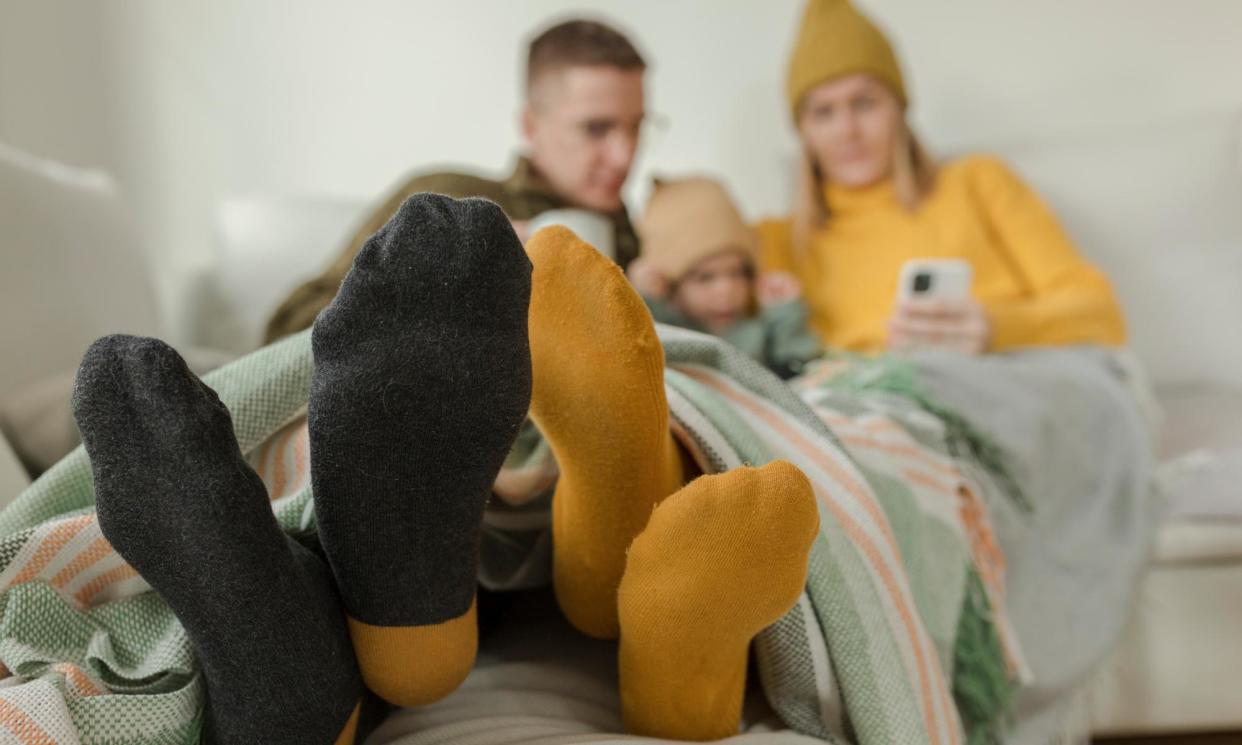Budget-friendly tips to keep rented homes warm in winter

Anyone who has rented a home in southern Australia knows just how bloody cold our houses can be in winter. Once referred to as “glorified tents” by QUT professor of public health Adrian Barnett, Australians subject themselves to some of the most inhospitable indoor winter temperatures in the first world.
The World Health Organization recommends that indoor temperatures don’t dip below 18C. But research conducted by the Australian Centre for Housing Research found that 80% didn’t meet those guidelines. For comparison, in the UK, which is notable for having the coldest homes in Europe, the mean indoor winter temperature in the dead of their winter was 18.5C.
This unpleasantness is thanks in no small part to the delusional approach taken to insulation in Australia, and with landlords having little incentive to upgrade their homes’ energy efficiency, renters often bear the brunt of this ongoing oversight.
Related: Heat pumps: how to reduce your carbon footprint while saving money this winter
“For the last 80 years it didn’t really matter what we built, because energy was so cheap,” Emma Baker, director of the Australian Centre for Housing Research says.
“You could just build a tent, put in some inefficient devices and heat the bejesus out [of it], it didn’t matter that it was leaking through the edges of the windows.”
There is a mountain of advice available to homeowners, but if you are part of the 30% of Australians who are renting, finding ways to lower your energy bills and usage without forgoing comfortable and healthy internal climes in your home is more scant.
Here are some cheap and easy ways renters can stay cosy while helping reduce their carbon footprint – from interior decorating to landlord-friendly DIYs that can make all the difference.
Seal air leaks
Chris Barnes, the household product category manager at Choice says that sealing around windows and doors is really important. Air leaks are extremely common in Australian homes and one way to test is to light a stick of incense and wave it around the frames. “Where the smoke flutters there’s a leak,” he says.
Barnes says window seal tapes that renters can pick up from hardware stores or online are cheap and fairly effective. And since they’re quite easy to remove without any trace you don’t need your landlord’s approval. Foam sealing tape, he says, can be especially effective for gappy sash windows.
The classic, dusty old door snake is an often unsightly and less effective way to minimise drafts under doors, but Barnes suggests upping the ante and considering a semi permanent solution. Self adhesive brush draft stoppers, especially on exterior doors, won’t just keep out cold air they also stop bugs, dust and even bushfire embers from sneaking in.
Snuggle up
Electric blankets and their sexier cousin the heated throw are also worth considering according to Barnes. “You could run one over winter for between $10 and $60 for the whole season. An electric space heater by comparison “could easily get into the hundreds [of dollars] for the same sort of running time”.
Dress your windows wisely
Related: Victoria seeks to end draughty rentals in revamp of heating and cooling standards
Another renter friendly insulation hack is picking the right window coverings. A deep dive into exactly which type offers the best protection from the cold by New Zealand website Consumer found that “honeycomb” blinds are the most effective. Barnes says the cellular properties of the pleats “create a thermal barrier across the window”. And compared to heavy curtains or venetians, they are relatively cheap: you can cover a standard window for about the same price you would pay for a couple of pints.
Cover cold floors
Baker says that one of the most overlooked but influential factors is what is beneath our feet. “One of best predictors [of a home’s average temperature] is floor coverings – a lot of your heat loss, especially in your lovely floorboard terraces, is actually going through the floor. It’s just massive.” Area rugs and even cheaper foam mats can work wonders warming up living and sleeping spaces.
Make heaters work smarter not harder
If you happen to have ceiling fans in your home, Barnes says putting them in reverse mode will push hot air down to where you can enjoy it. “Ceiling fans don’t cost much to run. You’re looking at peanuts over winter compared to running a portable electric heater.” He adds that even if you have both on at the same time, running the fan in reverse will reduce energy use because “the heater just doesn’t have to work as hard”.
“You don’t have to break the bank to make most of these changes.”

 Yahoo News
Yahoo News 
